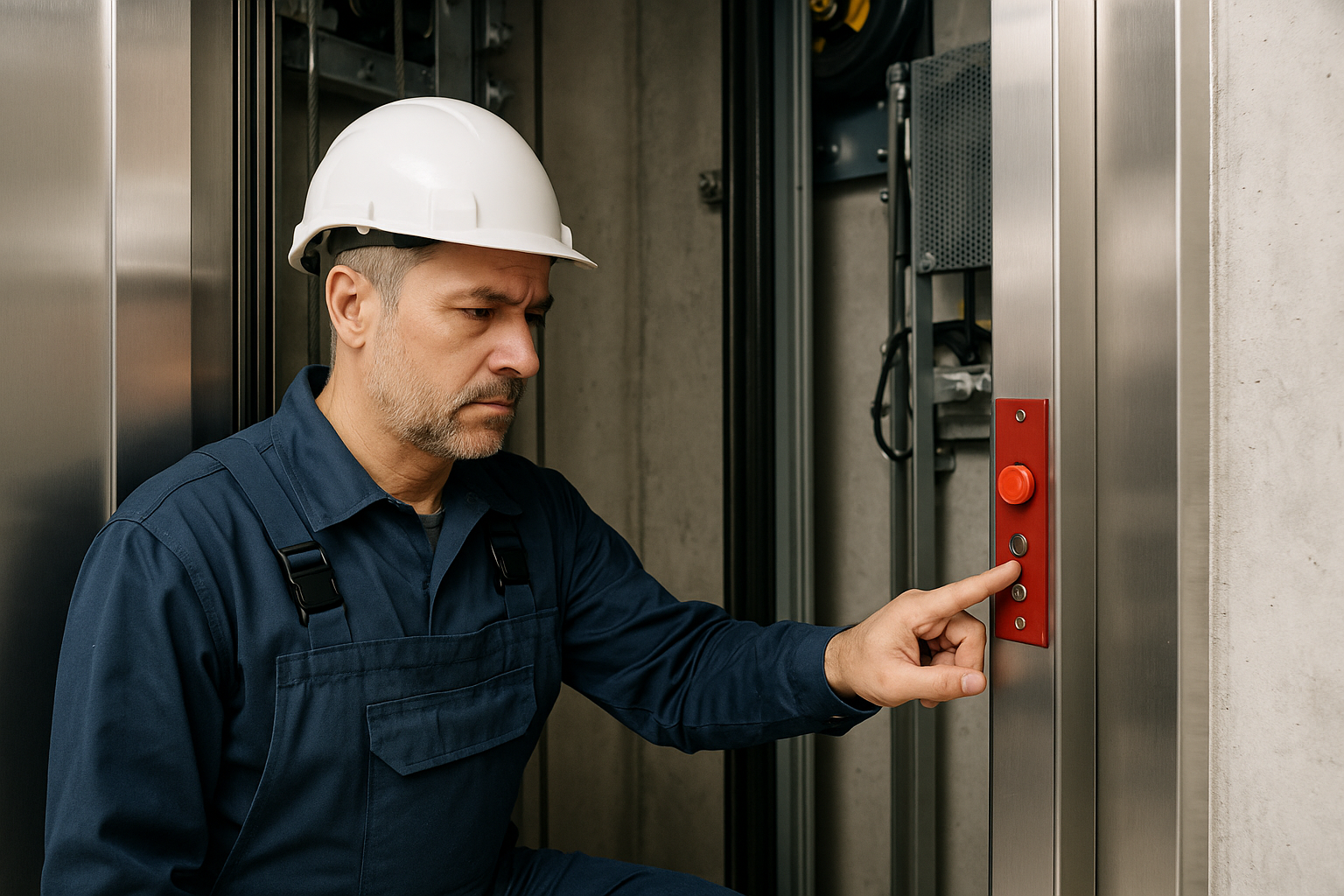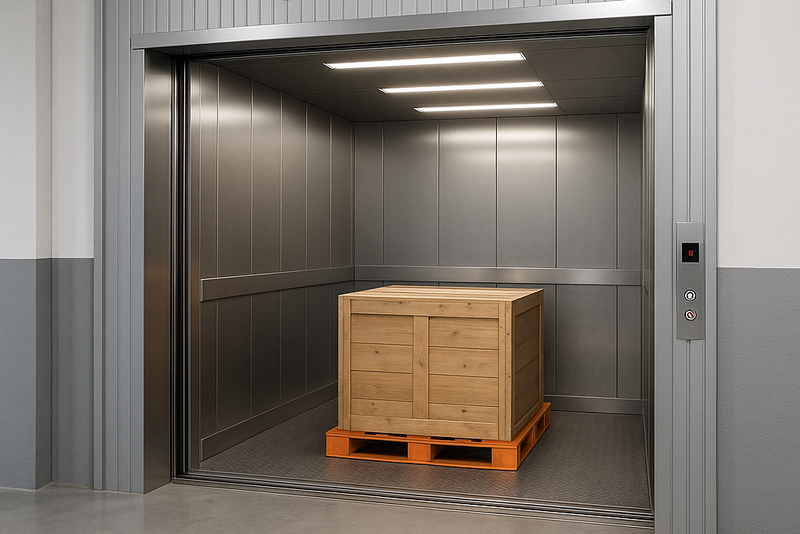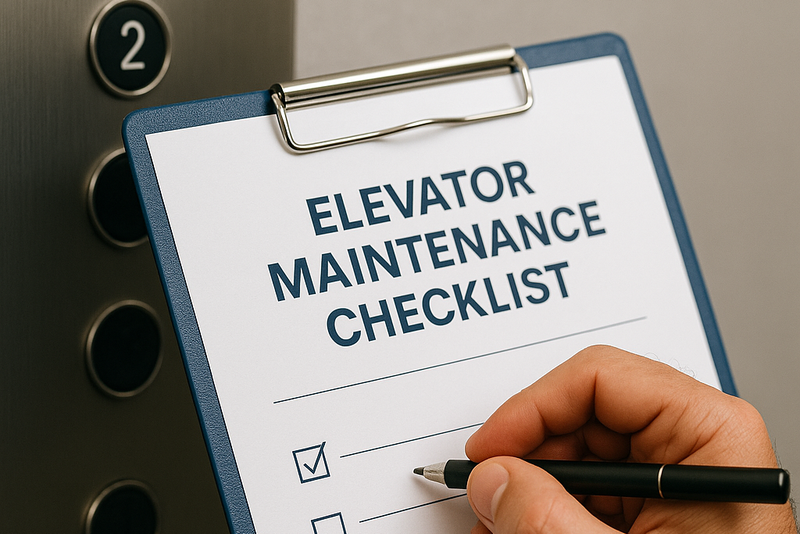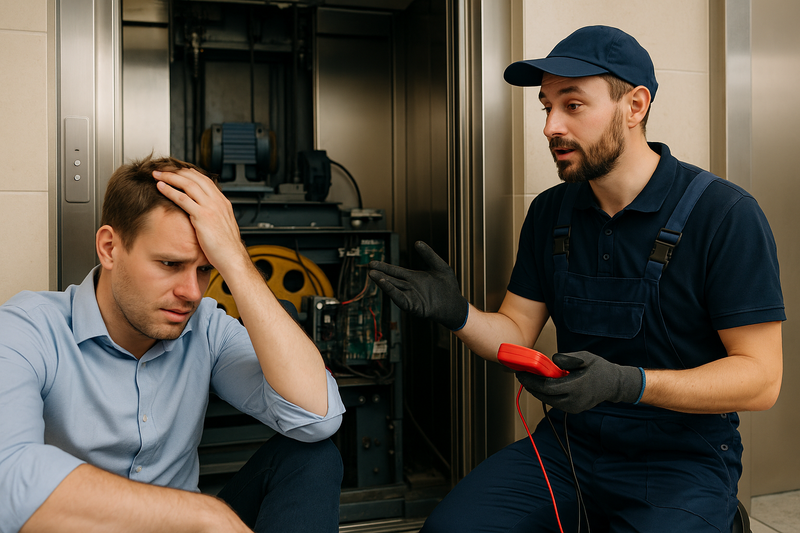Common Elevator Problems & Their Solutions
Discover the most common elevator problems and how expert maintenance can keep your system safe and efficient.

Elevators are integral to modern buildings, ensuring seamless vertical transportation. However, like all mechanical systems, they can encounter issues. Understanding common elevator problems and their solutions is crucial for building owners, facility managers, and maintenance personnel.
What Are the Most Common Elevator Problems?
Elevator issues can range from minor inconveniences to serious operational failures. Identifying the root cause quickly is key to avoiding downtime, maintaining safety, and preserving equipment longevity. Below are the most frequent elevator malfunctions and how to solve them.
1. Door Malfunctions
Elevator doors are among the most frequently used components and are prone to various issues, such as:
- Misalignment – Doors may not close properly due to misaligned tracks.
- Sensor Failures – Dirty or faulty sensors can fail to detect passengers accurately.
- Worn Rollers and Tracks – Continuous movement leads to gradual deterioration.
2. Slow or Jerky Movements
When an elevator moves sluggishly or comes to abrupt stops, possible causes include:
- Worn-out Cables or Pulleys – These deteriorate with time and constant use.
- Hydraulic Fluid Leaks – Common in hydraulic elevators, leaks reduce performance.
- Electrical System Failures – Malfunctions in the control system can disrupt movement.
3. Unusual Noises
Unexpected sounds—like squeaking, grinding, or rattling—signal internal mechanical problems such as:
- Loose Screws or Bolts – Vibrations may cause fixtures to loosen.
- Worn Bearings or Pulleys – Overuse can lead to uneven rotation and noise.
- Degraded Motor Components – Older motors are noisier and more likely to fail.
4. Frequent Breakdowns
If your elevator frequently becomes inoperable, the underlying reasons may include:
- Electrical Failures – Problems in the main circuit board or wiring disrupt operation.
- Control Panel Malfunctions – Old or faulty panels can behave unpredictably.
- Worn Mechanical Systems – Outdated elevators suffer more frequent breakdowns.
5. Uneven Floor Leveling
When an elevator stops slightly above or below floor level, it poses a tripping hazard and reflects deeper issues such as:
- Hydraulic Fluid Leaks – These impair precision in stopping.
- Faulty Leveling Sensors – Sensors lose accuracy and may need recalibration.
- Worn Brake Systems – Ineffective braking impacts final positioning.
6. Power Failures
In commercial and residential settings alike, one of the most stressful situations is when the elevator suddenly shuts down—leaving people to wonder, “Why did the elevators stop working?” The most common reason is an unexpected power outage or an issue with the electrical supply system.
7. Button & Control Panel Issues
Unresponsive buttons and glitching displays may seem minor but can seriously impact usability and passenger trust. These issues often result from:
- Worn-Out Buttons – Regular use wears out tactile mechanisms.
- Loose Wiring or Electrical Faults – Damaged internal connections affect performance.
Elevator Maintenance: The Key to Prevention
All of the issues above can be mitigated—or entirely avoided—with proactive elevator maintenance. In Saudi Arabia, where commercial buildings and residential towers rely heavily on vertical mobility, having a reliable elevator company by your side makes all the difference.
Why Regular Maintenance Matters:
- Minimizes Downtime – Preventative service reduces unexpected outages.
- Ensures Safety – Regular inspections meet compliance and protect passengers.
- Extends Equipment Life – Well-maintained systems last significantly longer.
- Lowers Operating Costs – Fixing issues early is always cheaper than emergency repairs.
Whether you manage electric elevators, cargo elevators, or elevators without foundation, SEMAG offers comprehensive maintenance services customized for your equipment type and building use.
Final Words
Elevators may seem like simple machines, but behind each ride is a complex system requiring expert care. From sensor issues to power failures, knowing how to spot and resolve problems ensures your building runs efficiently and safely.
Need help with elevator maintenance or diagnostics? Call us now with to schedule a thorough inspection or start a customized service plan.





